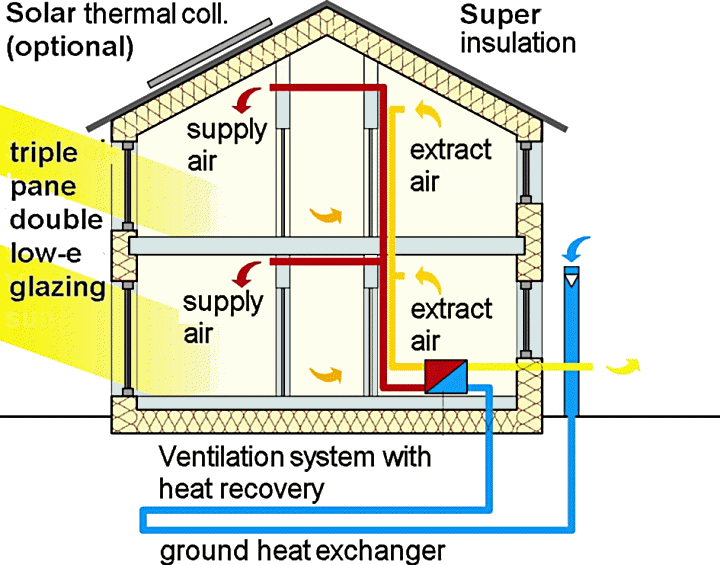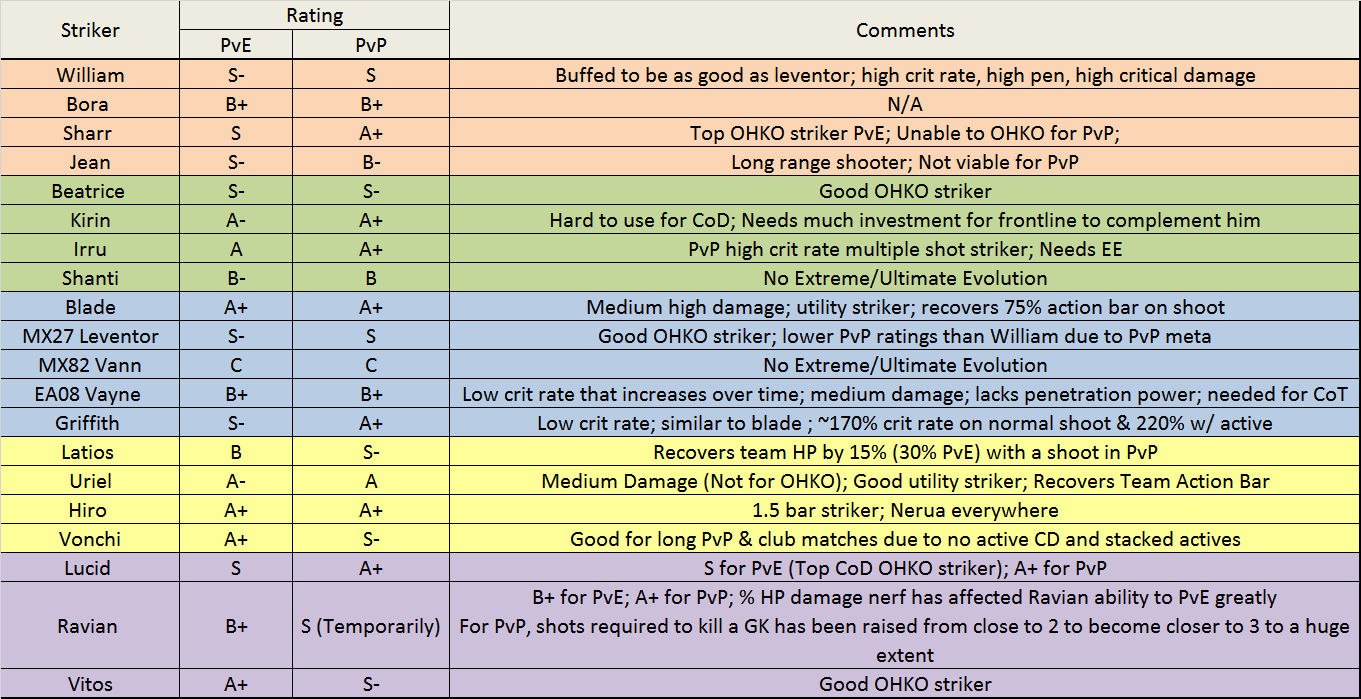

#HEATING LOAD PER M2 THUMB HOW TO#
Commonly, the calculations to compare reduction in U are for clean versus in-service duty.I am interested in explanation on how to calculate the heating load of a single room, if we know the annual heating degree hours? But doing this by hand, not using EnergyPlus, DOE or similar energy analysis application.
.png)
Conversely, if condensate is allowed to accumulate within equipment, fouling can be caused on the heating side by the debris entrained in the pooled condensate, and on the product side by lower temperatures that cause the product to cake onto the surface when required product viscosity is not maintained.įouling can be added to the above equation by including the ratio of its thickness (L F) over its conductivity (λ F), in the same manner as the glass-lining was added above, but is typically incorporated into and expressed as a fouling factor for an exchanger that has been “in-service”. However, with an increase in pressure within the heat exchanger, steam temperature rises accordingly, and this excessive heat can cause increased fouling on the product side. Some causes can be particle deposits on the heating side, and excessively high or low temperatures on the product side.įor example, steam pressure is sometimes raised to create the necessary pressure to push condensate through the outlet control valve on a level pot. This problem can occur on both the heating medium side and the product side for multiple reasons. Advanced Understanding Foulingįouling of the wall material surface can represent an additional barrier to heat transfer. Even so, the heat transfer rate may still be improved in such circumstances by changing the heat source from hot water to steam to optimize production. Nevertheless, some processes require a certain wall material, such as glass lining, to prevent reactivity with the product. However, the same dramatic effect is not expected in instances where a heat exchanger with several wall layers including layers of material that are not highly conductive (such as a glass-lined kettle) is used. So for certain heat exchange equipment such as a carbon steel kettle, changing the heat source from hot water to steam can potentially improve the U-value and heat transfer significantly if the wall material is highly conductive. In this case of additional resistance to conductivity, the U-value is still improved, but only by 9% and this demonstrates how a poor thermal conductor such as glass can greatly interfere with heat transfer. Glass-Lined Jacketed Kettle – Comparing Hot Water vs. Including these values into the above U-value equation provides the following results: Now imagine that the same kettle transfer wall is also lined with glass 1mm thick (λ = 0.9 W/(m ☌) ). In this case, steam provides a calculated U-value improvement of 17%. Assuming heat transfer coefficients of 1000 W/m 2 ☌ for the water being heated, 3000 W/m 2 ☌ for hot water, and 10000 W/m 2° C for steam, let's calculate the U values for both heating processes.Ĭarbon Steel Jacketed Kettle – Comparing Hot Water vs. One uses hot water as the heat source, while the other uses steam.

Two carbon steel (λ = 50 W/(m ☌) ) jacketed kettles with an inner wall thickness of 15mm are used to heat water. To facilitate example calculations below, the following values may be used as a reference for the convective heat transfer coefficients: FluidĪbout 1000 W/(m 2 ☌) ġ000 – 6000 W/(m 2 ☌) Ħ000 – 15000 W/(m 2 ☌) Įxample comparing effect on U of different heat sources, steam or hot water In such instances, the above equation can be adapted by incorporating each layer of the solid’s thickness (L) divided by its thermal conductivity (λ). That is why the convective heat transfer coefficient (h), sometimes referred to as the film coefficient, is included when calculating heat transfer between a fluid and a conductive wall.Īdditionally, in certain unique applications such as pharmaceutical or biotechnology process heating, that heat transfer can occur through several layers of wall material. However, film resistance must also be considered. In the case of creating hot water for example, heat transfer basically occurs from fluid 1 (source of heat) through a conductive solid (metal wall) to fluid 2 (water, the product being heated). H = convective heat transfer coefficient, W/(m 2☌)


 0 kommentar(er)
0 kommentar(er)
